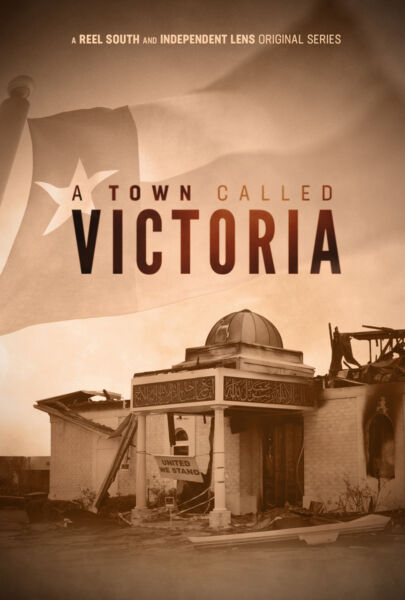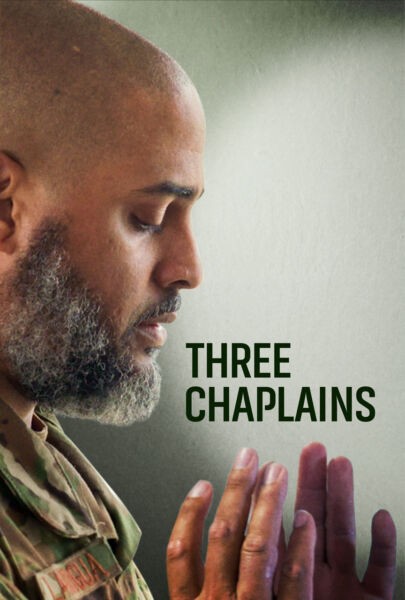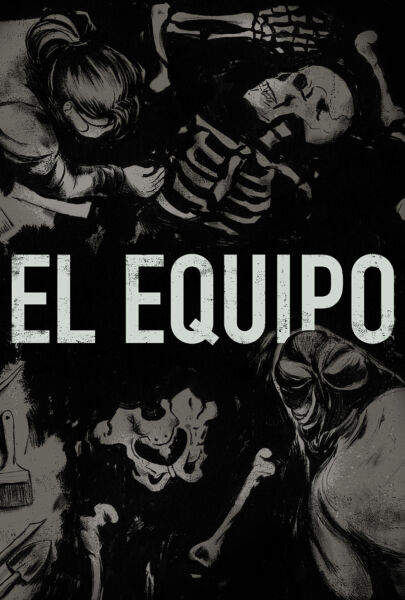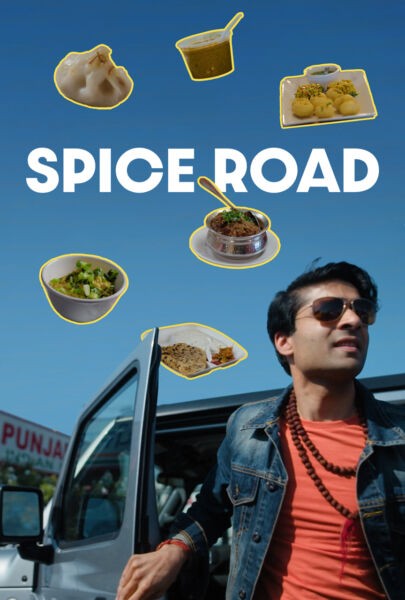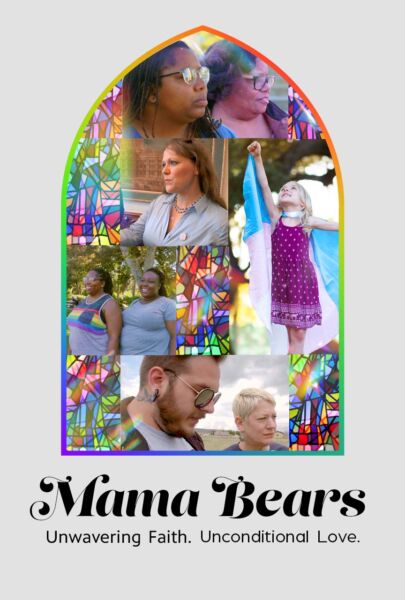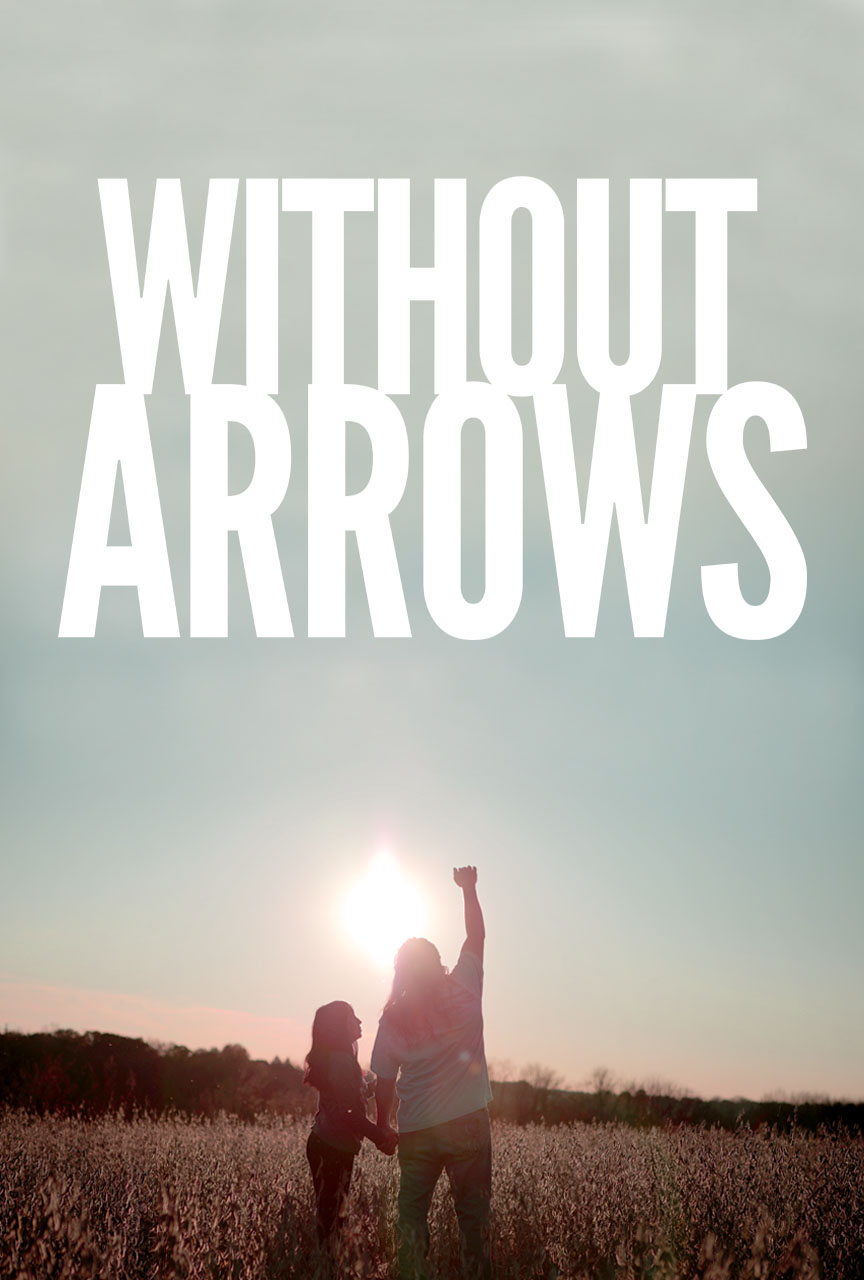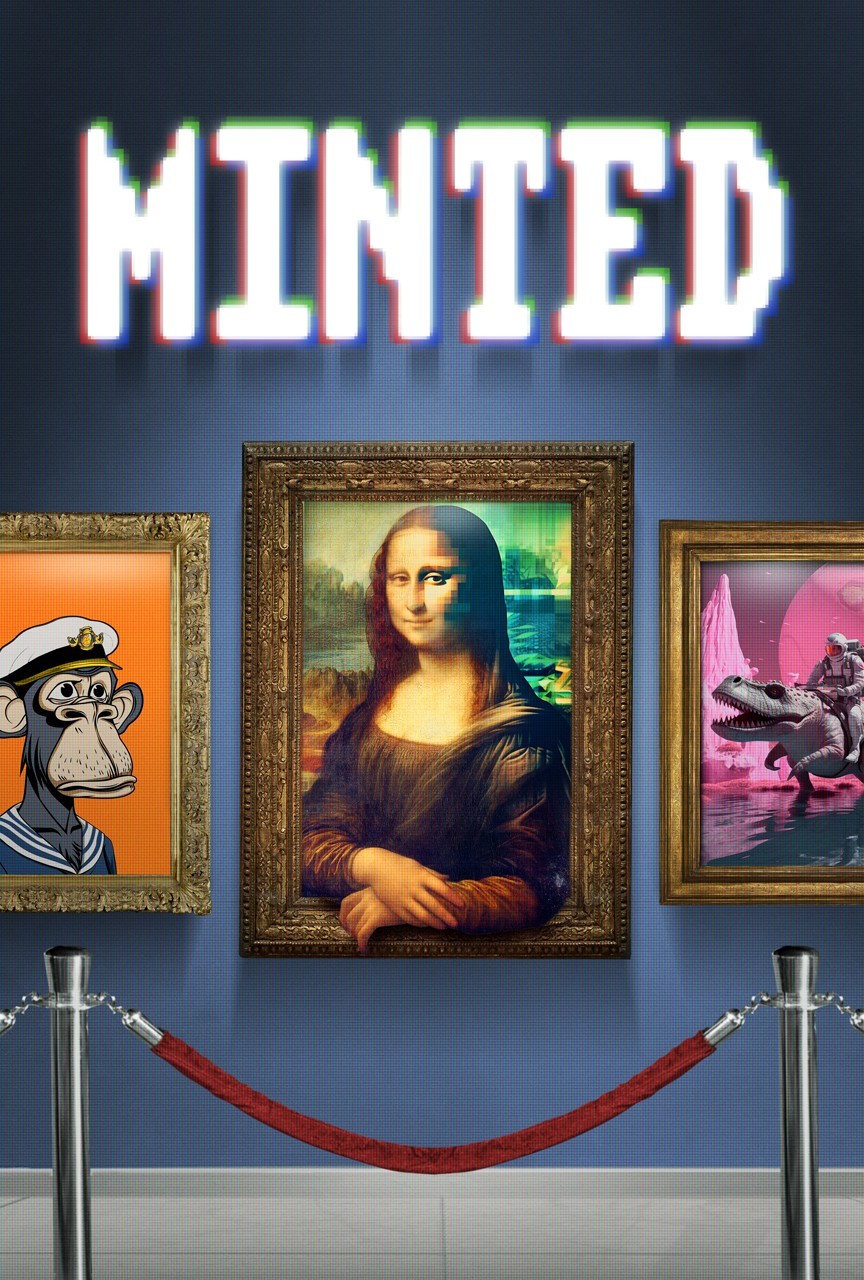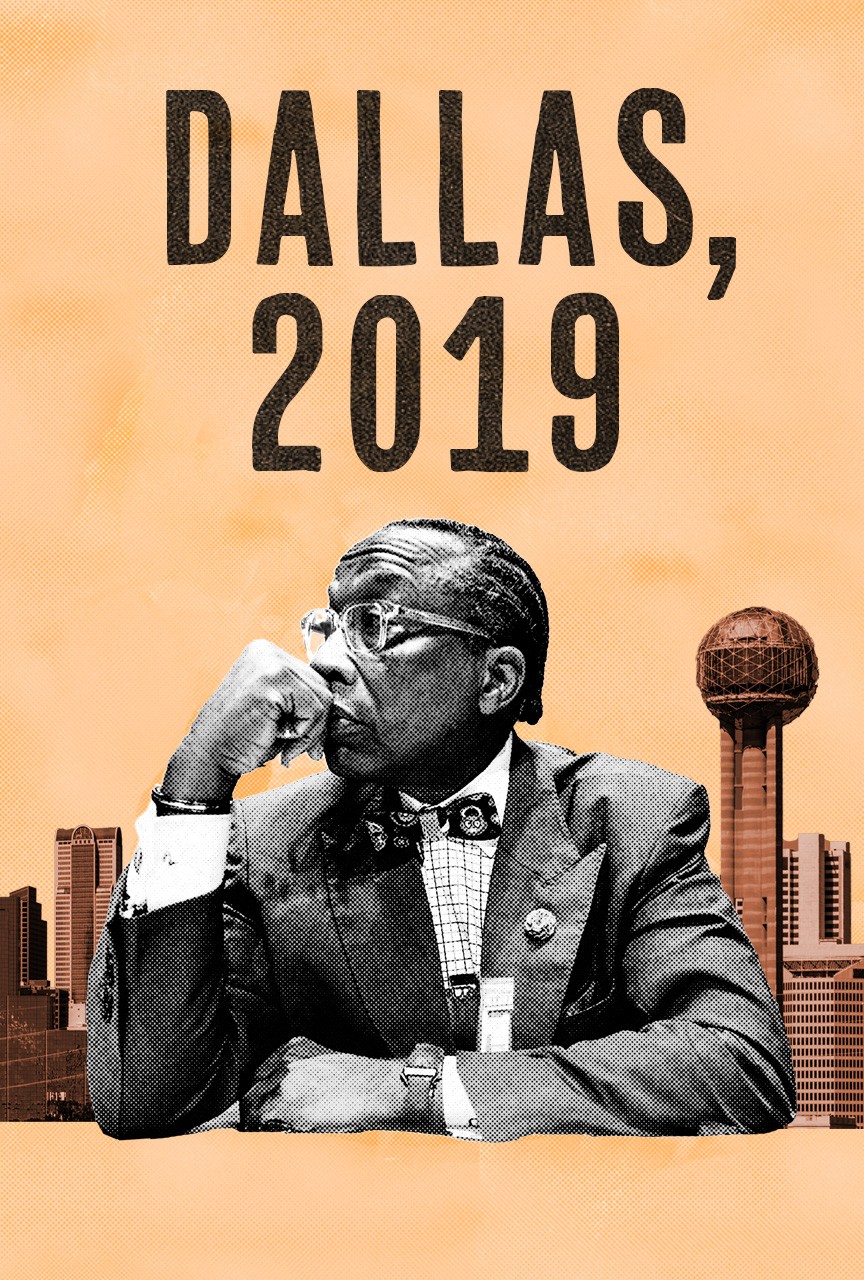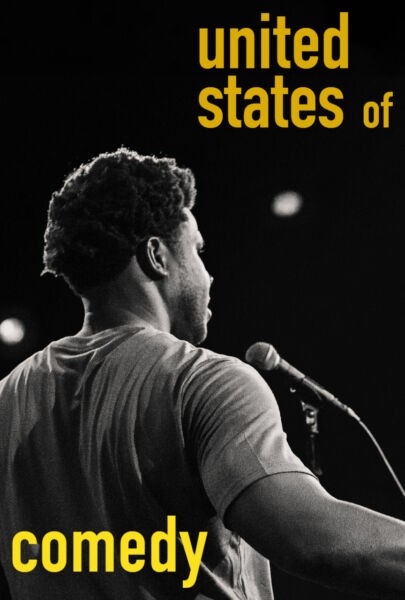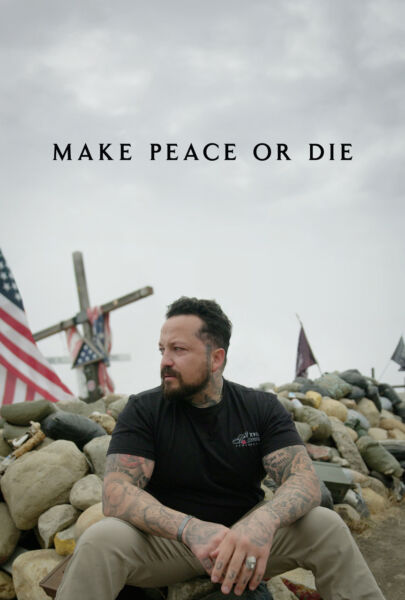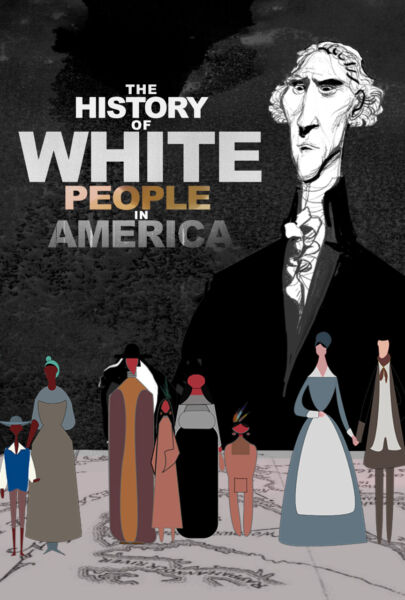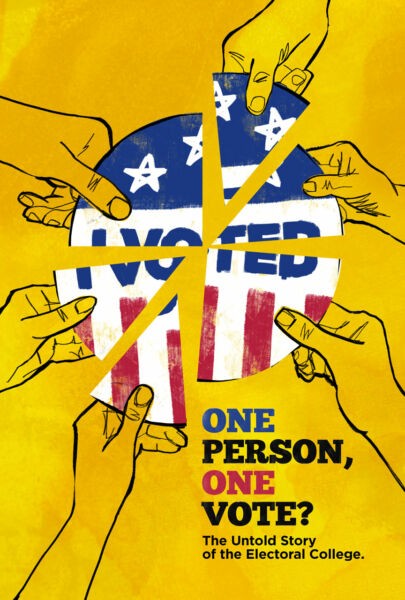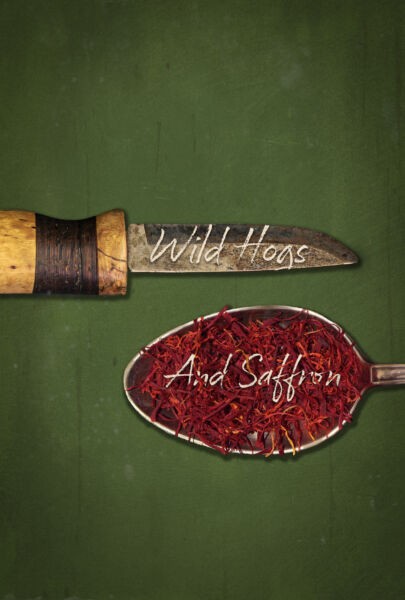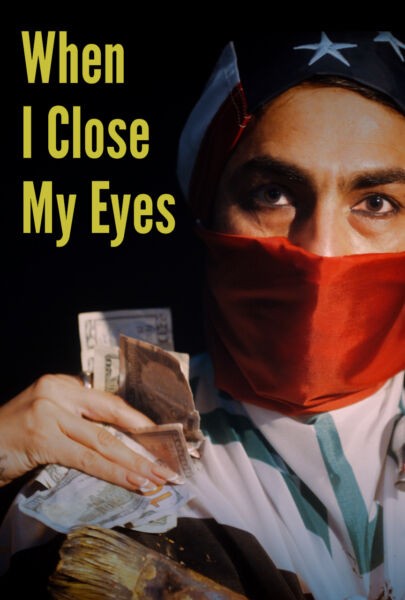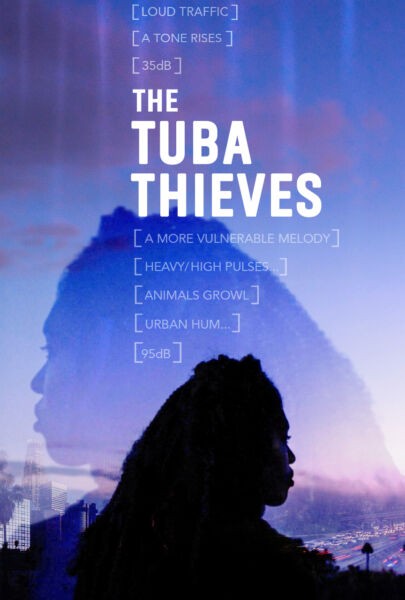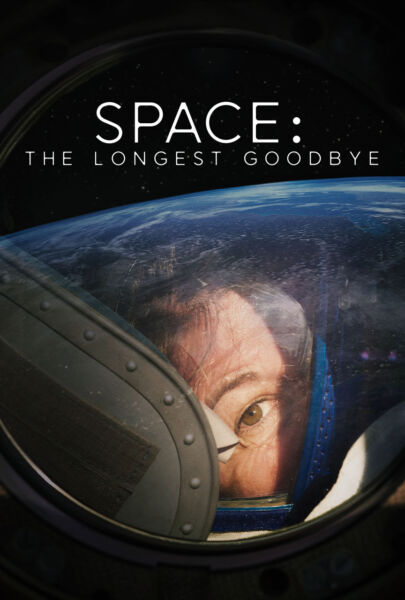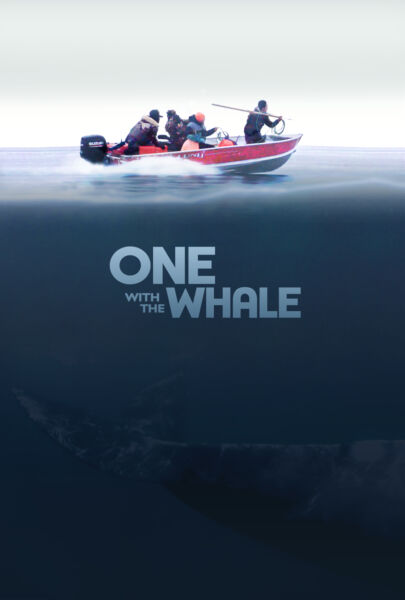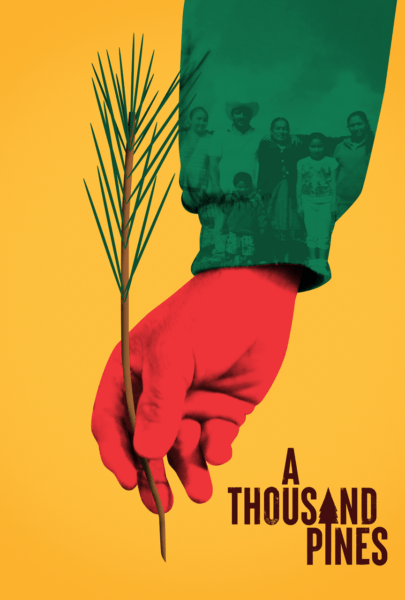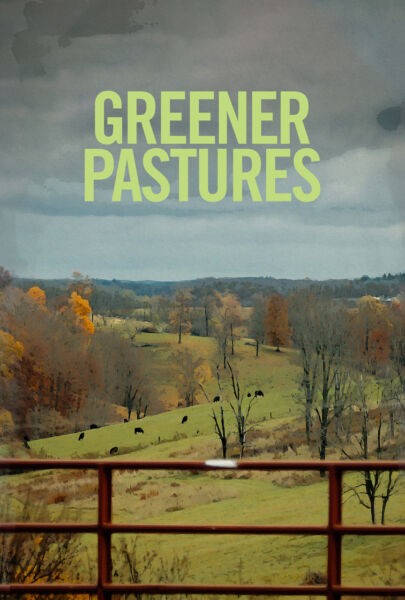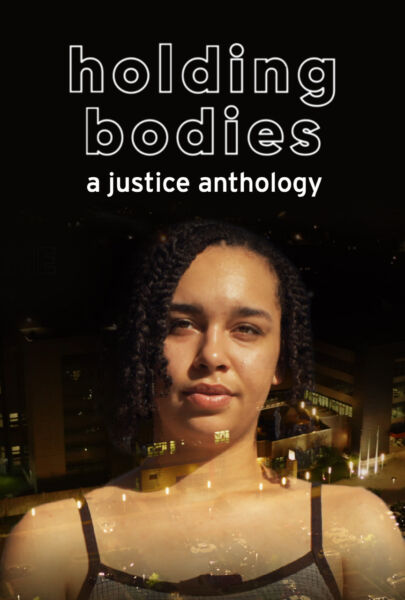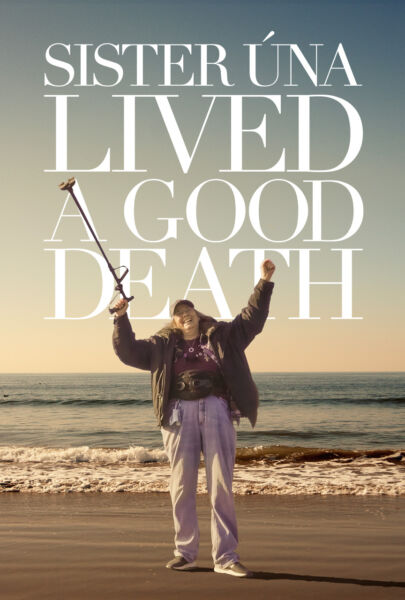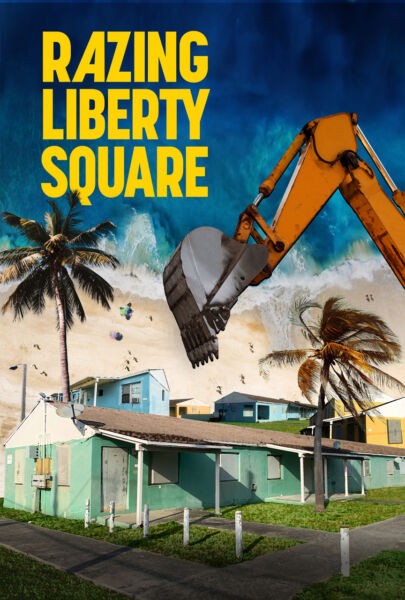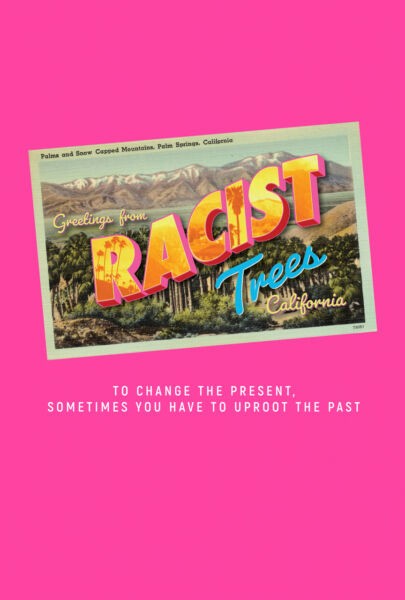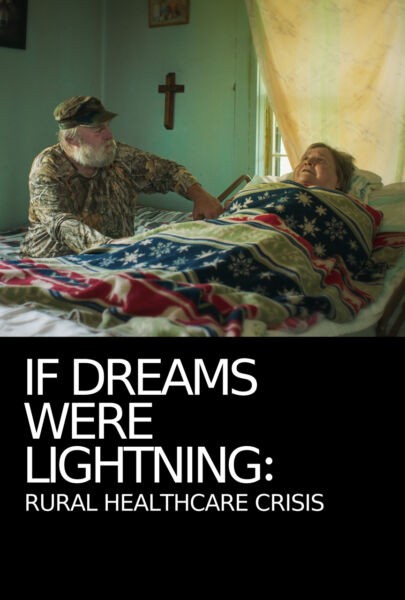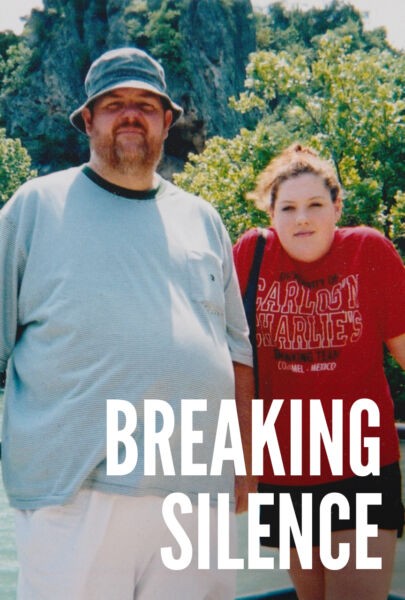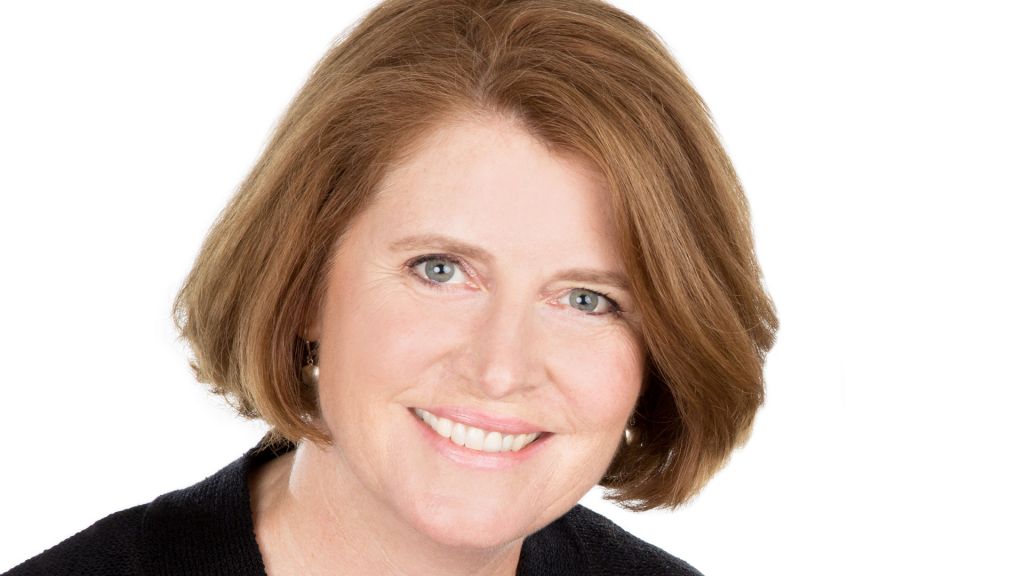
Longtime documentary film writer, editor, and fundraiser Sophie Sartain decided to go personal for her directorial debut. Her film Mimi and Dona enters the world of Sophie’s grandmother and developmentally disabled aunt, who after sixty years together face their inevitable separation. Shot over the course of six years, the film uses family photos and footage to tell the poignant and often humorous story of two unique gals who love each other dearly despite the obstacles.
The New York Times called Mimi and Dona “heart-wrenching … as unflinching as it is beautiful, chronicling difficult decision-making that comes to involve the whole extended family.” The Los Angeles-based Sartain talked to us about returning to her Texas home to capture her family story.

Mimi and Dona filmmaker Sophie Sartain
What led you to make this really personal film?
What were some of your earliest memories of your aunt Dona? Did you think of her as “different” then, or how were your interactions with her as a child?
As a child, I thought of my aunt Dona as a playmate. My brothers and I spent many weekends at her house, and Dona adored us. Dona and I would catch lizards in her backyard and put them in a jar. We called them chameleons but they were really green anoles. They’d turn brown when we put them on the dining room table. Then Dona would plop them on the green felt top of their pool table, and we’d watch them turn green. It was pretty magical to a little kid. When I was 8 or 9, I started to realize that Dona wasn’t like other grown-ups. Looking back, she taught me a lot about differences and diversity.

Filmmaker Sophie Sartain’s family in her mother’s wedding photo; from left to right: Sophie’s grandfather, mother, and father, grandmother Mimi, and aunt Dona
What impact do you hope Mimi and Dona will have?
I believe there is a critical need for more housing options and support for older adults with intellectual and developmental disabilities. A recent NPR piece stated that there are 855,000 Americans with intellectual disabilities living with a caregiver over the age of 60. What happens when their aging caregiver dies or can no longer care for them? I hope the film brings awareness to this issue. I also hope that the film fosters greater compassion for the families of people with disabilities. We often face difficult situations like the one with Mimi and Dona, and we are all too human and imperfect, but we come from a place of love.
What conversations do you hope this film strikes up within families? (Even if people don’t have someone quite like Dona in their family, the issue of caregiving is obviously something that touches just about everyone at some point.)
I hope audiences identify with my family, and if they see themselves in a similar situation, I hope the film sparks discussions within their own families. These can be difficult and uncomfortable conversations, so it makes sense that we put them off. But open communication and planning really make a difference for individuals with disabilities and their families.
Did the making of this film give you any special insight about how Americans deal (or don’t deal) with caregiving situations? What should be done differently to help people in these situations?
There is no overstating how difficult and isolating long-term caregiving can be. As a society, we should make every effort to recognize and support the people who put in the unpaid hours, day after day, to make another person’s life safe and comfortable. That said, while filming Mimi and Dona, I also discovered that caregiving is not all drudgery and sacrifice. Mimi and Dona had fun together and were companions as much as parent and daughter. Caring for Dona gave Mimi’s life meaning, and I don’t think she regretted it for a second.
How did you convince your family to appear in a film?
The biggest challenge was explaining to my aunt and grandmother what a documentary is. “Like on Channel 13,” I told them, referring to KERA, the PBS affiliate in Dallas. Unfortunately, Mimi and Dona mainly watched KERA to see reruns of “The Lawrence Welk Show.” I kept trying: “A documentary is like a movie but with real people in real-life situations.” My grandmother nodded, “Oh,” she said, “like the Lawrence Welk Show.” That’s about as far as we got.
Were there any other challenges you faced in making your film?
Mimi and Dona was a labor of love and self-financed for years. Instead of applying for grants for such a personal film, I just decided to make it myself. This meant that the project had to be put on hold if a paying job came along. In fact, I stopped working on Mimi and Dona entirely in 2012 when I was finishing another film. The hardest part was sticking with it and believing in it when I wasn’t sure how it would turn out. Fortunately, once I had a rough cut, I was able to bring in producers and [find] some funding.
Was there anything you wanted to include in your film that didn’t make the cut?
My grandmother became a widow in 1968. In the late 1970s, she began taking ballroom dancing classes and danced in senior showcases around Dallas with her instructor Tony. I have wonderful footage of Mimi and Tony doing the tango, the cha-cha, the waltz, etc., at these events. For decades, Tony taught dance classes at Mimi’s house out of a converted garage-turned-dance-studio. Both Dona and Mimi adored Tony. I have a segment about Tony and Mimi’s dancing in the festival cut of Mimi and Dona, but I had to take it out for the shorter broadcast version.
Has your family seen the film and if so, what did they think?
How is your son doing?
He wants everyone to know that he is doing well and is in 5th grade at a magnet school. He believes his autism causes challenges but also gives him super powers.
[Watch this new short film Sophie created about her son:]
What projects are you working on or hoping to work on next?
I am currently working on four documentary projects – one as a writer about peace activists on both sides of the Israeli-Palestinian conflict; another about Catholic Sisters in the U.S.; a third about a family going through a transition similar to Mimi and Dona’s; and yet another about civil rights attorney Gloria Allred. Documentaries operate under their own timelines – especially longitudinal films like Mimi and Dona – so I’m not sure which film will get to the finish line first.
What are your three favorite films?
That is impossible to answer! I have dozens. Since Mimi and Dona is Texas-based, I’ll list my favorite Texas films: The Last Picture Show, Days of Heaven, and The Trip to Bountiful.


